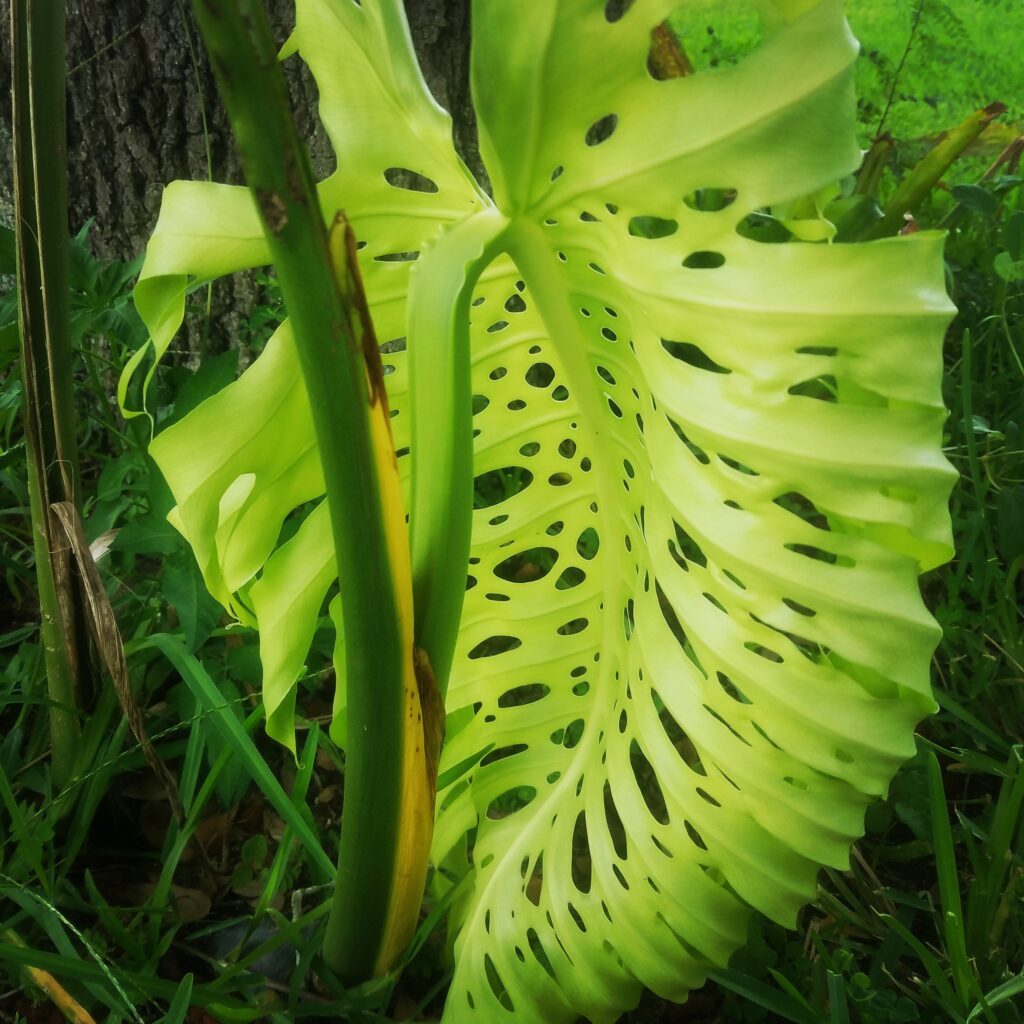
This post is all about getting more plants without buying them. Perhaps you are tired of paying lots of money for plants. Or maybe your partner says that you have too many. Or perhaps you’re looking to be more adventurous or have a new, fun experience. If any (or all) of these apply, read on.
Just a couple of years ago, I thought the only ways to find plants was to go to a big box store or shop at a local nursery. While there are absolutely many great nurseries out there, sometimes it can be fun to branch out a bit. Below are some of my favorite ways to find/trade/grow new plants without whipping out the cash.
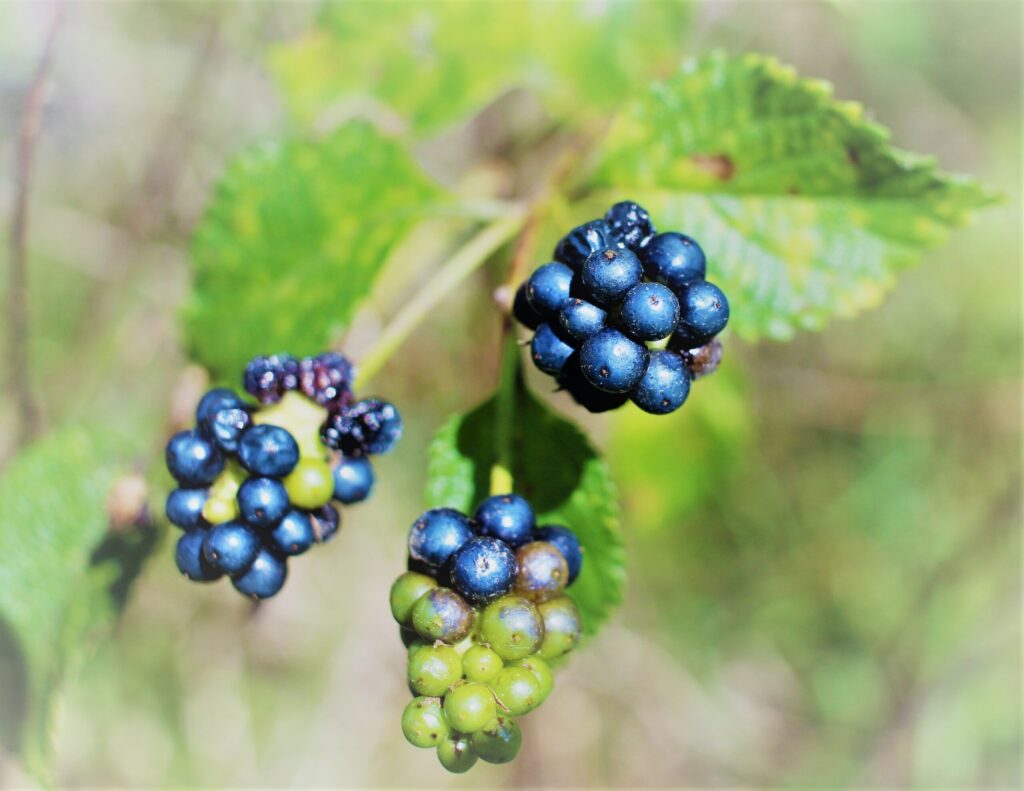
My five tips are as follows:
- Join a local plant swap group
- Trade with your neighbors
- Ask for cuttings
- Use what you would normally throw away
- Plant what’s in your cupboard
Join a local plant swap group
If you don’t know what a plant swap group is, you are in for a treat. Most swap groups that I am familiar with allow for individual swaps and group swaps. However, group swaps may not be available during a pandemic.
If you are on a plant swap group on social media, group members may be allowed to post plants that they have available, either to give away or trade for plants in which they are interested. Simply respond to the post or send the person a message. If the person is interested in giving you the plant or trading, simply set up a time/date/place to conduct the trade or giveaway. I have completed many individual swaps this year, to include the monstera deliciosa in the top picture. Side benefit- you may make a new plant friend or learn about others who share similar gardening interests. This may open the door to future trades or a network of plant folks to whom you can talk with about plant-related questions.
Local group swaps are typically announced in swap groups via social media, or through local nurseries or plant societies. The biggest plant swaps I have been to thus far were through the St. Pete Plant Society, although I have been to several in the Central Florida area. In this type of swap, members bring as many plants, seeds and/or gardening equipment as they like. Plants are spread out in a large area on tarps or tables. Participants are generally allowed to look (but not take) plants prior to the start of the swap.
In some swaps, participants are allowed to take plants at the same time, in a gardening free-for-all. In other swaps, participants are assigned a number and are allowed to take a certain number of plants at a time, based on their number in line. I have enjoyed both types of swaps. I have sometimes found wish-list plants and gardening materials at swaps. Also, it is enjoyable to watch others excitedly take the excess plants you donated.
Plant Swap Tips
First and foremost, be kind. If you love plants, you will likely see these people again! You don’t want to be “that guy” taking all of one type of cutting and leaving none for others.
Bring a box or cart to make carrying plants easier (unless you are just going to be social!)
Be mindful of what you wear. I once wore a hat with dangling ties to a winter plant swap, and ended up accidentally taking home a dragon fruit cutting that was stuck to my hat. (I did not notice it until something jabbed into my face on the ride home).
Facebook pages for plant swap groups in the Central Florida Area: St Pete, Lakeland, Plant City, Tampa, Zephyrhills
Trade plants or freshly grown produce with your neighbors
If you’re ever out walking your dog (or yourself), you may run into neighbors who also like plants (even if not as much as you). This tactic takes a bit more in-person socialization, but is as easy as seeing your neighbor outside and telling him or her that you like the plants in the yard/on the porch. You may end up with a garden/yard tour and learn about this person’s available and desired plants. Recently, I have learned that one of my neighbors has amazing mangoes and now have a seedling from said tree. I learned that she wanted an avocado seedling, so I went to my vast reserves (aka my porch) and a swap was born. We now say hello whenever we’re both outside, and chat a bit about plants.
If going for walks isn’t your thing, you could try popping your head over the fence to see if your neighbors are growing anything fun. Sometimes one of my neighbors and I just talk over the fence dividing our properties. We chat about what we’re planting this season (or just as frequently, what died/failed last season) and swap whatever plants or produce we don’t want/need. “Hey, you want any lemons?” “Sure, here, take this mint. I planted too much.”
Ask for cuttings
Out of the listed strategies, I have to admit that this one is the most bold. It may make you feel awkward, and if so, I am afraid I cannot help because I have no shame when it comes to my plant habit. However, there may be a day when see the most delicious looking mulberries or beautiful, fragrant flowers growing on someone’s property, and be drawn to ask for a cutting. If you choose to use this strategy, I do have two tips: first, make sure that the plant you are asking for a cutting from can actually propagate from a cutting. Otherwise you will have felt silly and have nothing to show for it. Second make sure that you carry a pruning shears or other sharp tool with you, or you will look ridiculous trying to gnaw off a branch with your teeth.
Use discarded plant material from a plant you’ve already eaten
I have seen many trendy videos on this, and I will say that some fruits and veggies work better for this than others. For example, I have had decent success with pineapple. All you need to do is to take the top portion of a pineapple, let it dry for a day or so, peel off the bottom leaves to expose the small root-looking objects, and then place in water until it roots. I have several large pineapple plants in my yard from this easy method.
On the other hand, I have gotten the bottom of cabbages and romaine lettuce hearts to root easily but they only grow a few leaves, and then rot (whether I leave them in water or plant them). I have only had success planting the bottom of celery once, but this turned into a resilient plant that provided me with fresh celery for several months, only dying after weeks of intense Florida summer heat.
Below are before and after pictures of the pineapple top propagation. For details on other plants, you will find information via a quick internet search. I cannot yet say how many of these options will be effective for you or your growing climate.

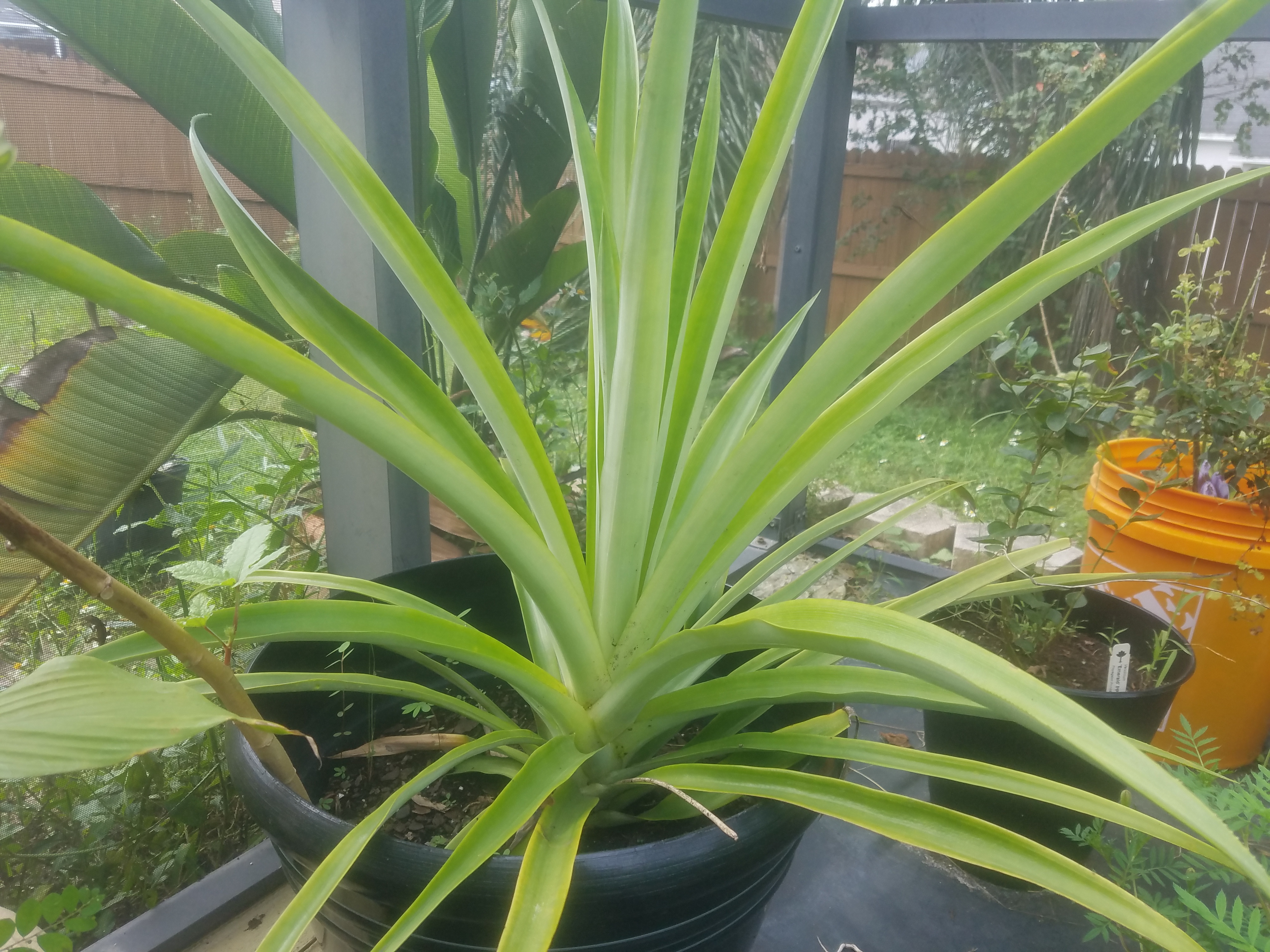
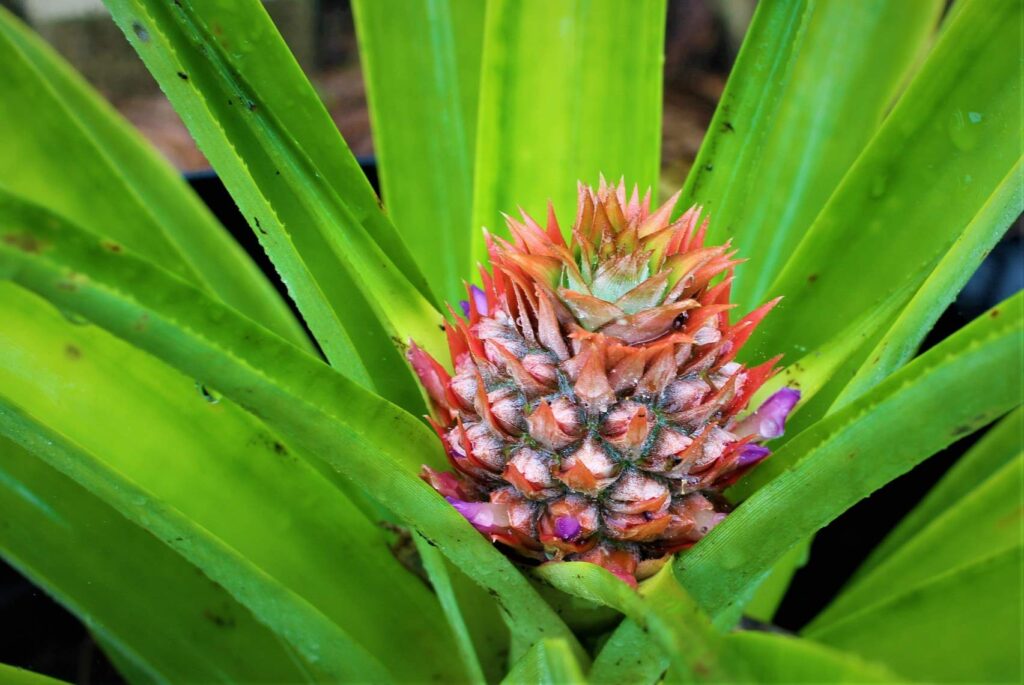
Plant what’s in your cupboard
Hear me out on this. Last growing season, many local and online seed companies were sold out of most garden staples. So what did I do? I ordered/purchased what I could, and then decided to see if I could grow a plot of beans from the dried beans in my kitchen. Over 80% of the dried pinto, cranberry, and black beans I tried this with sprouted. Not only did they sprout, but they grew into healthy plants and provided me with a bountiful harvest of new beans. I’d say this was a win, for resourcefulness and for my pocketbook. Just think of how many bean seeds you can purchase for $1 this way!
Bonus! Attend local university extension events
Your local gardening extension may offer classes on campus, and some may include free plants or seeds. In the Tampa area, classes are offered at libraries throughout the city and suburbs. For a nominal fee, you may learn about composting, pest control, drip irrigation, or utilizing rain barrels. There may be topics of interest to your region, such as when and how to grow a vegetable garden or how to control area pests. My local library hosts such events, and Mr. Grump has won some fun plants, such as an orchid cactus. I never directly won anything from these events, even the one time that ALL raffle tickets were drawn by the event coordinator. This is why I need my Mr. Grump. Well, that and to carry all the plants at swaps!
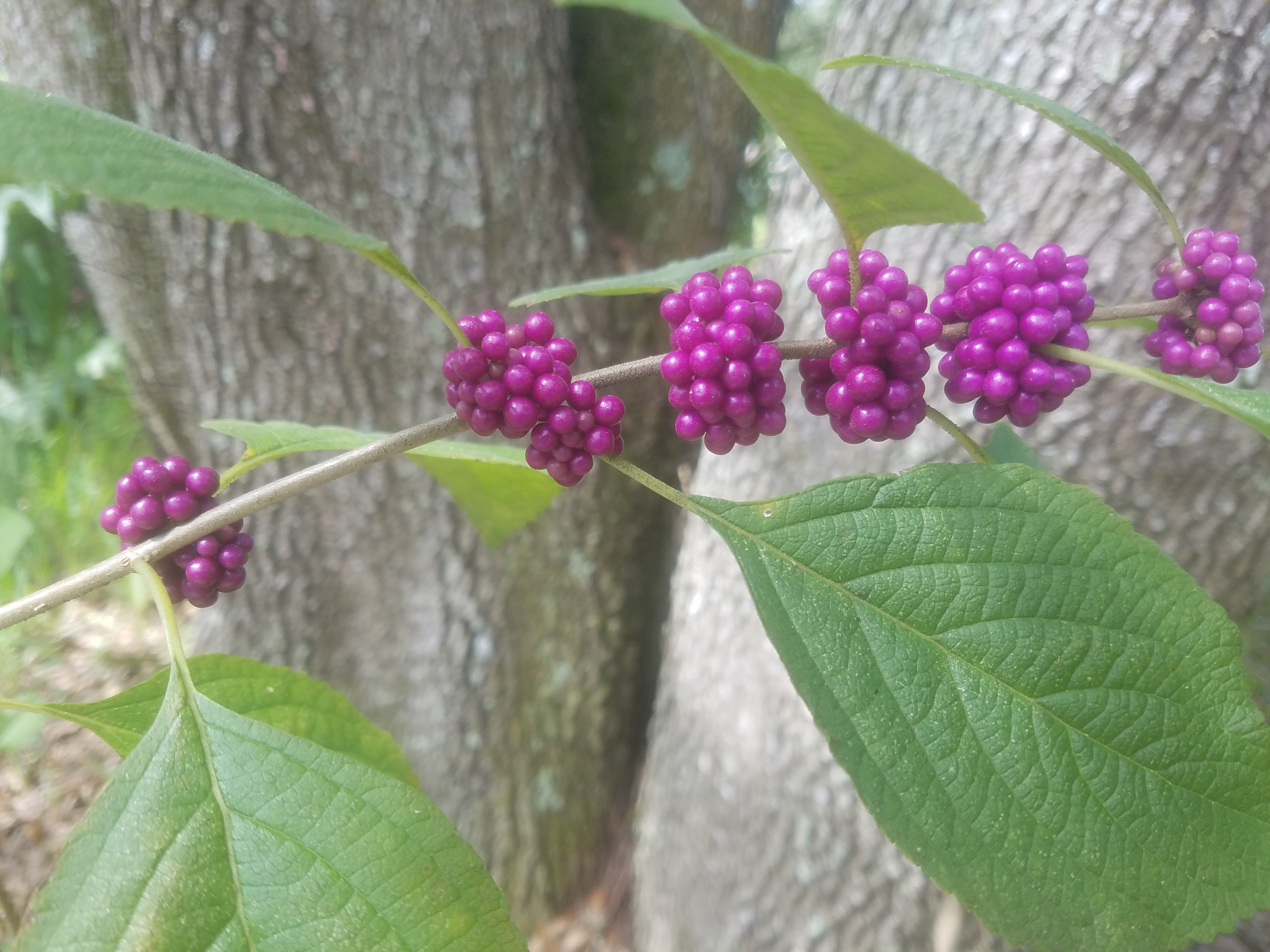
Do you have other tips for finding plants? If so, feel free to share below!
Did all this talk about plants make you hungry? Consider making garlic veggies with rice, recipe here!

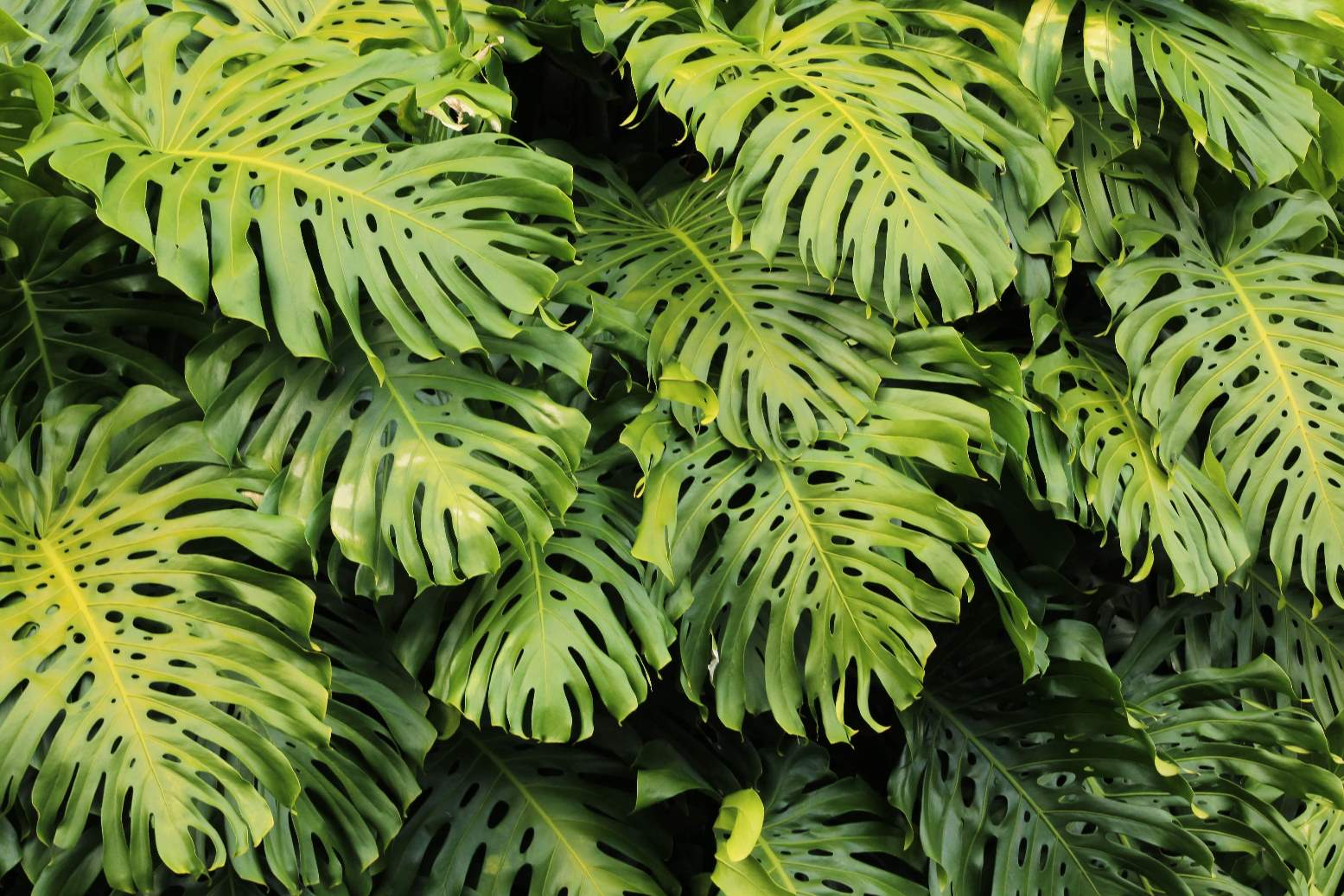




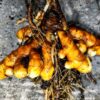
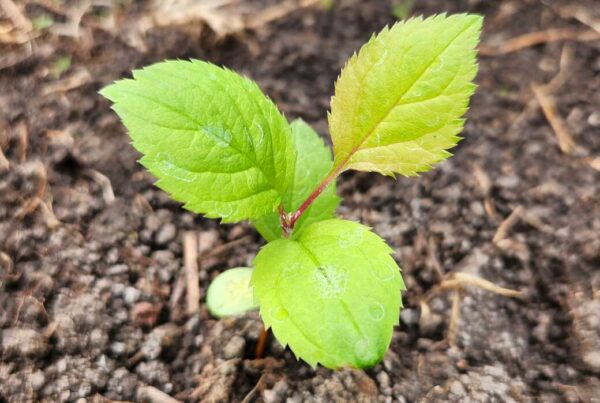
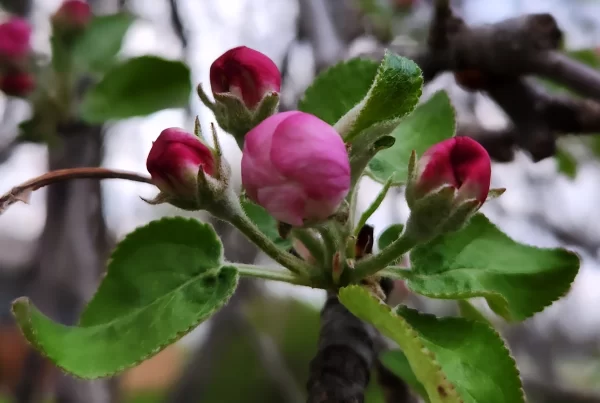
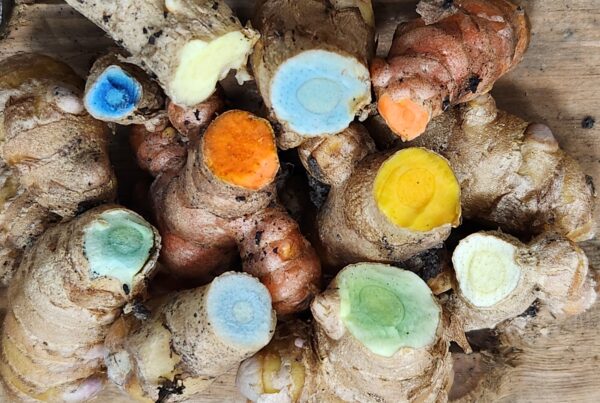
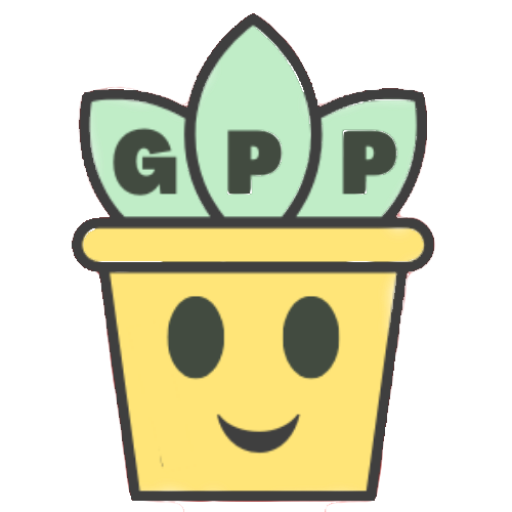
One Comment